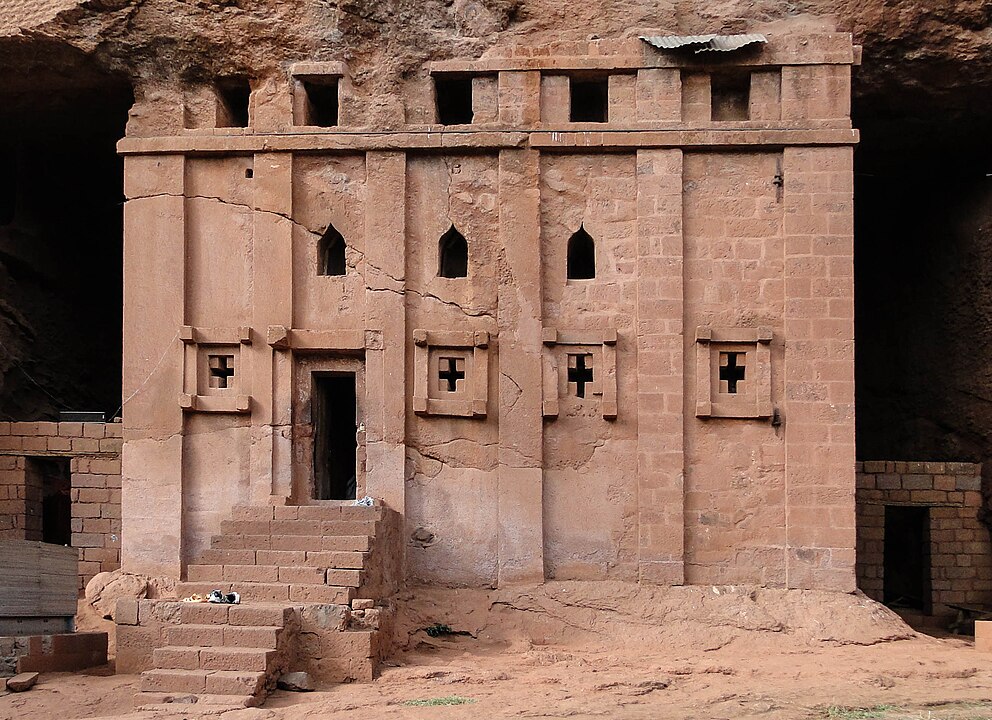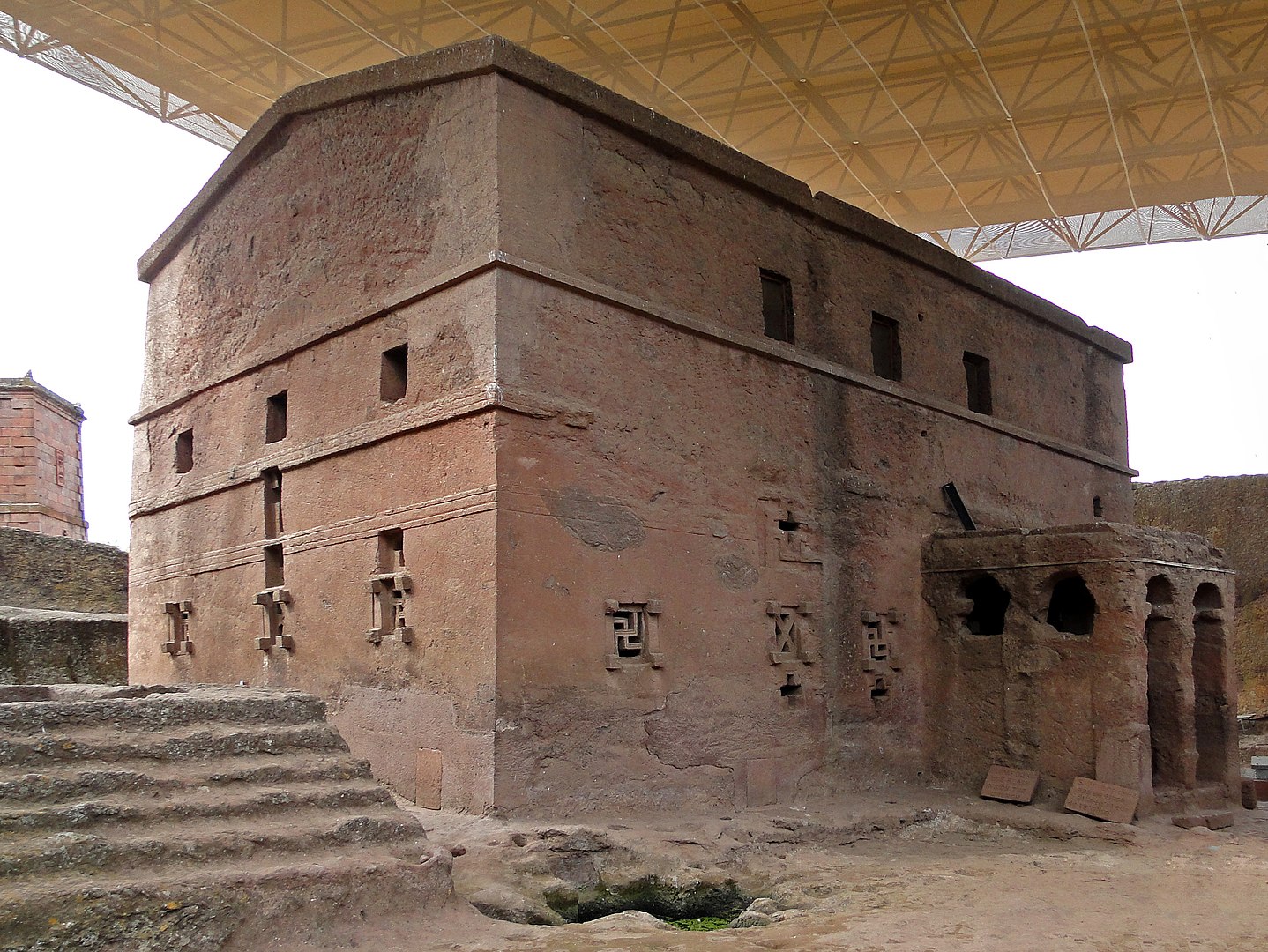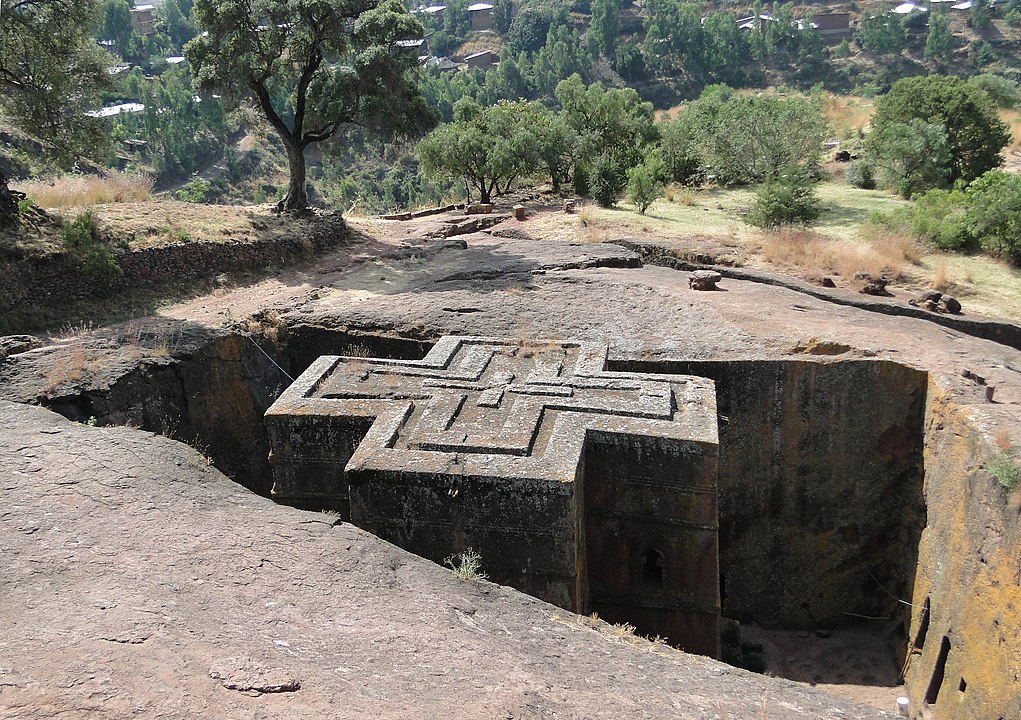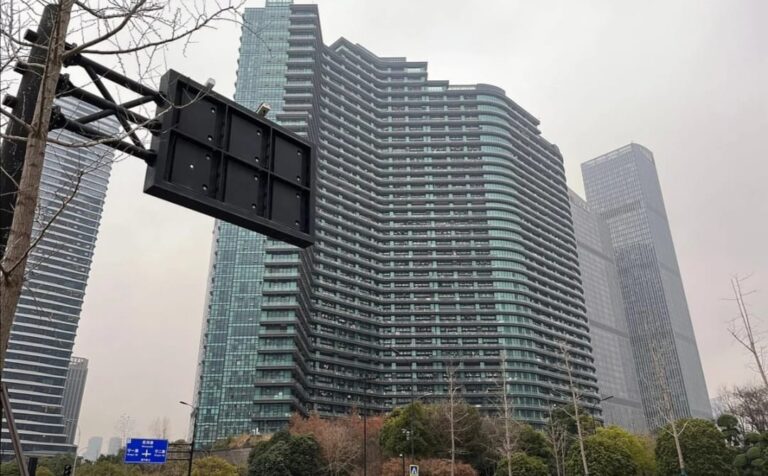Hidden in the highlands of northern Ethiopia is one of the world’s most astonishing architectural wonders — a complex of 11 medieval churches, each carved entirely out of solid volcanic rock. Not built. Carved.
Lalibela was designed in the 12th century as a “New Jerusalem” — a holy city for pilgrims who could not travel to the Holy Land. What emerged from that vision is a feat of spiritual devotion and human labor unmatched anywhere on Earth.
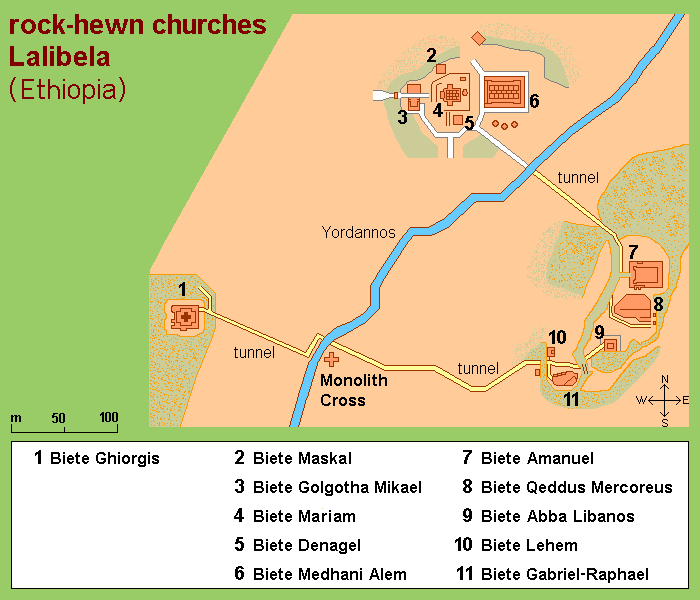
“It looks like it was 3D printed out of stone… 800 years ago.”
There are no bricks, no scaffolding, no imported materials. Instead, artisans and workers chiseled downward into the earth, shaping entire buildings from a single block of bedrock. Some are freestanding. Others are sunken into trenches. All are connected by a web of tunnels and passageways.
The most iconic of them all is Bete Giyorgis (Church of St. George) — a perfectly symmetrical cross-shaped church cut deep into the ground, visible only from above. Even today, it looks impossible.
“It’s like Petra met Minecraft, but holier,” said one traveler online.
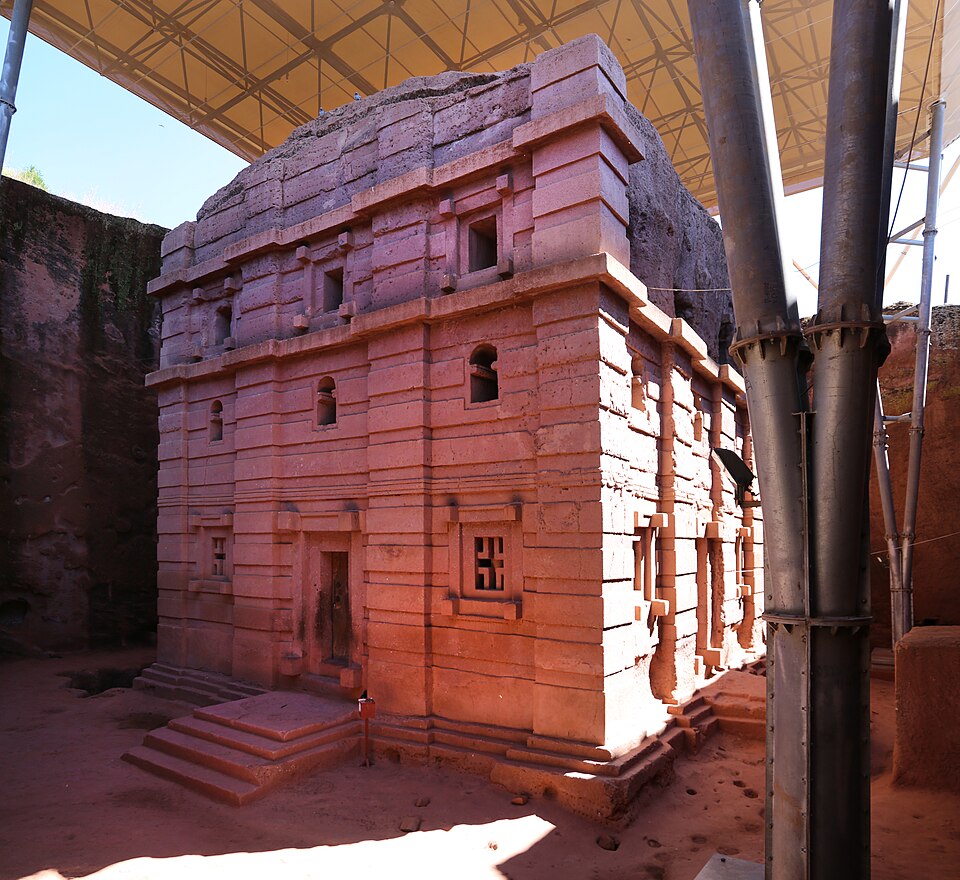
Lalibela remains an active pilgrimage site for Ethiopian Orthodox Christians, especially during religious holidays like Timket and Genna. Incense drifts through stone corridors. Priests in white robes chant ancient prayers. And the faithful still walk barefoot across the same worn paths carved centuries ago.
In a world of steel and glass, Lalibela is a reminder of what hands, time, and faith can shape from the earth itself.
This isn’t a ruin. It’s still alive.
